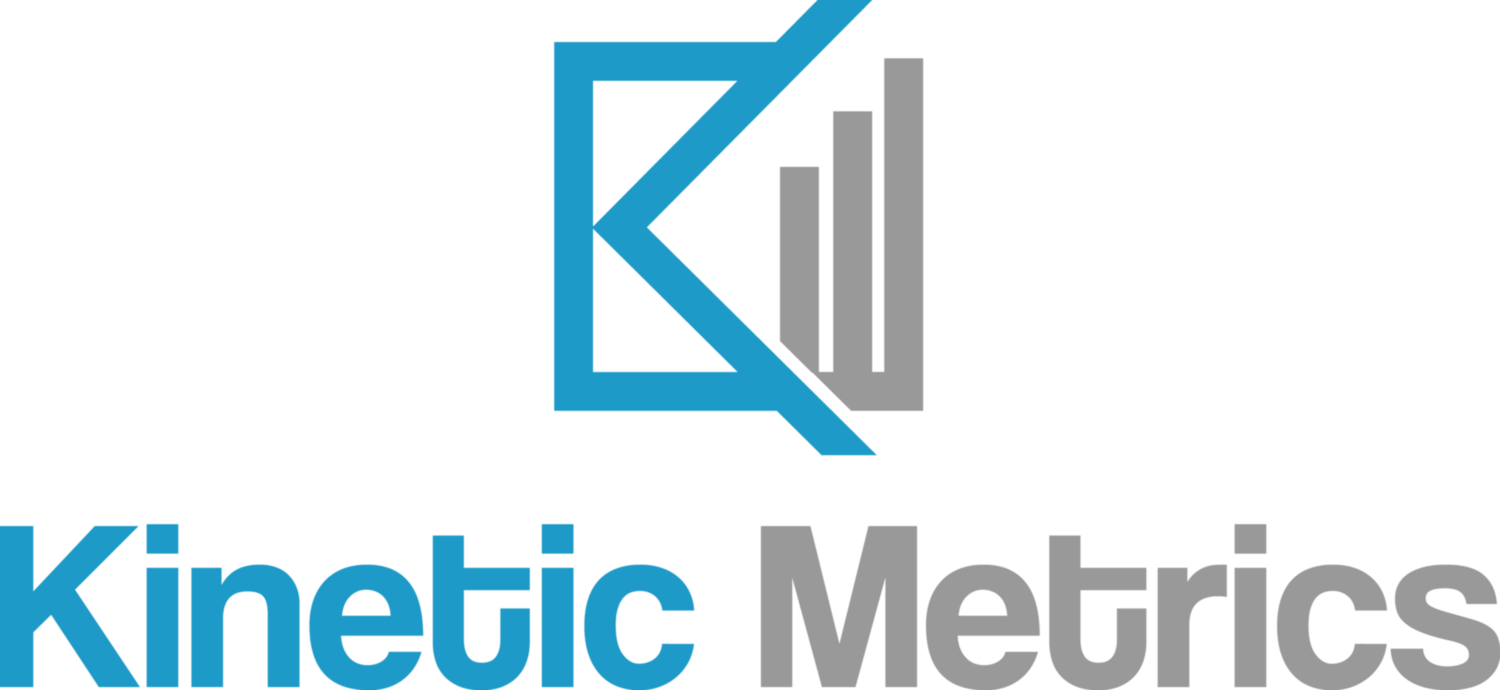Check out our TRIP page to get a preview of one of our custom-made dashboards. The video is also available on YouTube here: https://youtu.be/3sMXQ4JB9ww
AI Solutions with TRIP
NHTSA and FMCSA Issue ANPRM for Autonomous Vehicle Technologies
The National Highway Traffic Safety Administration (NHTSA) and the Federal Motor Carrier Safety Administration (FMCSA) each released an Advance Notice of Proposed Rulemaking (ANPRM) for automated driving systems on May 28, 2019.
NHTSA’s ANPRM seeks to build upon previous efforts to gather information from stakeholders and the public regarding the compliance challenges of implementing autonomous technologies. In the document, the agency discusses the types of barriers posed by the existing crash avoidance standards (100-series) and, second, what types of test methods could be employed to test vehicles that lack traditional controls. The agency intends to issue additional documents to address the crashworthiness standards (200-series) and standards involving tell-tales and indicators at a later date.
Comments on the ANPRM are due no later than July 29, 2019. It can be viewed by clicking here.
FMCSA’s ANPRM requests public comment about Federal Motor Carrier Safety Regulations (FMCSRs) that may need to be amended, revised, or eliminated to facilitate the introduction of commercial vehicles equipped with automated driving systems (ADS). In approaching the task of adapting its regulations to accommodate automated vehicle technologies, FMCSA is considering changes to its rules to account for significant differences between human operators and ADS.
Comments on the ANPRM are due no later than August 26, 2019. It can be viewed by clicking here.
Introducing TRIP: TREAD Reporting and Insights Platform
Kinetic Metrics has witnessed manufacturers struggle with TREAD reporting. For large Original Equipment Manufacturers (OEMs), reporting information for TREAD Act requirements can be a serious burden. For new OEMs, it can appear as a daunting and unfamiliar task. Therefore, we are pleased to introduce our newest offering, the TREAD Reporting and Insights Platform (TRIP). This platform was created in partnership with our friends at Mile59.
The data used for TREAD reporting is a gold mine for manufacturers who wish to spot trends and understand prevalence and severity of issues over time. Thus, TRIP provides a unified process for collecting, cleaning, analyzing and reporting data.
Some TRIP Basics
TRIP is an interactive dashboard to review and categorize reports. Clients can examine buckets of these reports for trends, text search across all reports, or narrow down by a specific field. The dashboard can also provide at-a-glance views for distributions and trends, and also provide historical information.
TRIP Analytics
In addition to the dashboard review and categorization, TRIP has the capability to provide statistical analysis of issues. This way clients can quickly spot new issues and understand how they are increasing or diminishing over time. There is also the capability to include Artificial Intelligence that enables automated text analysis to help with mis-categorization and quick spotting of issues and unsupervised learning to cluster issue and reveal patterns.
Adopting TRIP
Adopting TRIP can be done in three simple stages. Stage 1 involves examining a client’s current data processing technology and pipeline and providing updates and modernizations if necessary. Stage 2 includes pushing data to the TRIP and using the basic dashboards. Stage 3 involves customization of dashboards and adopting the advanced analytics techniques.
TRIP can assist clients in avoiding the pitfalls of under reporting. Not properly reporting under the TREAD Act can lead to serious civil penalties from the Federal Government. You can learn more about TRIP by visiting our page here, or by contacting us.
Kinetic Metrics Attends Urban Mobility & Urban Planning Seminar
As part of Kinetic Metrics (KM) continuing drive toward its mission, co-founder Emily Reichard attended the Urban Mobility & Urban Planning Seminar on November 2 and 3. State and city DOTs, solutions experts and other innovative thinkers met for two days of information sharing and discussion of the current successes of Smart Cities and the challenges that the industry will need to overcome.
One of the challenges we wanted to highlight were the roadblocks experienced in dealing with Federal regulations. Luckily for the industry, Kinetic Metrics has a thorough background in Federal safety and regulation. Whether it is understanding the new Automated Vehicle Policy or working on how to implement safety policies that coincide with Federal laws, KM is here to help.
The same principles that KM uses to assess vehicle safety trends can also be applied to an assortment of products and services. Whether a community wants to implement bike shares or ride shares, we can assist in making sure the programs are safe and reliable.
Kinetic Metrics will continue to participate in discussions about Smart Cities and strives to be one of the leading supporters of this growing movement towards more sustainable, connected communities.
Autonomous Vehicle Guidelines
On September 20, 2016 NHTSA released its long awaited guidelines on autonomous vehicle technology. As part of aiding regulation NHTSA will streamline its review process and has committed to issuing interpretations related to highly automated vehicles (HAVs) in 60 days, and ruling on simple HAV-related exemptions in six months.
Within the guidance NHTSA has outlined the framework for vehicle performance and requested that manufacturers and other entities voluntarily provide reports regarding how this framework has been followed. For NHTSA to consider Rulemaking with regards to HAVs, they must be able to support their decisions with data collected from the industry.
As part of our vision, we want to offer unique and efficient solutions to our clients. We can assist companies looking to enter the autonomous market by helping them develop their safety metrics and properly report data to NHTSA. We are also capable of working with smaller city or state governments to guide them in creating regulations that will not hinder the technology while having the flexibility to be adopted by other neighboring cities and states.
NHTSA has posted the Policy in the Federal docket, under NHTSA-2016-0090 with the comment period ending on November 22, 2016.

